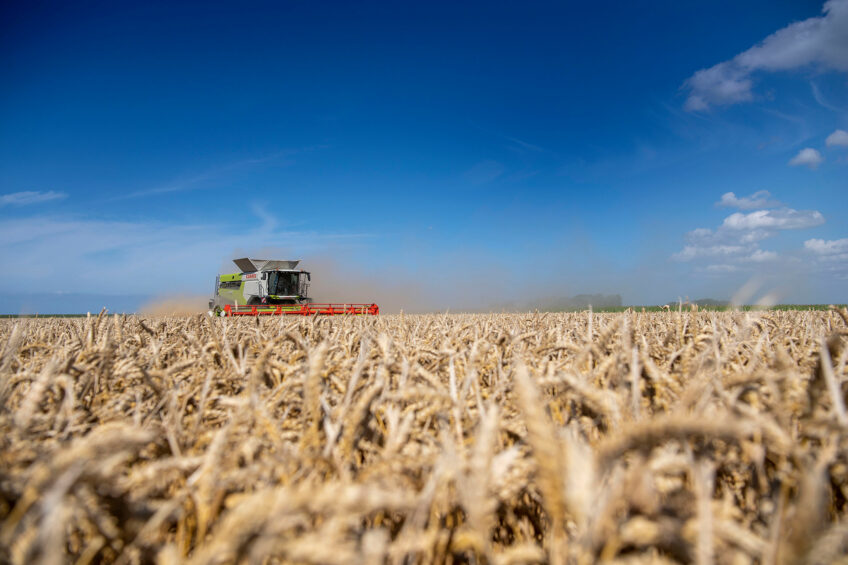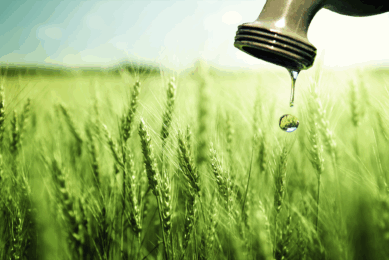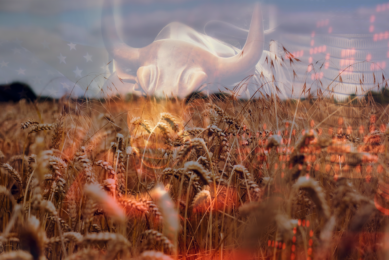Ukraine’s grain harvest is set to further decline

Under the most pessimistic scenario, Ukraine’s grain harvest is forecasted to drop by another 10% in the current year to 51 million tonnes, following a substantial decline in the previous few years, according to Vitaly Koval, Ukrainian agricultural minister. The production is projected to fall due to a mix of adverse weather conditions and wartime challenges.
“We have a difficult season ahead. An abnormally warm winter: at first, there was no humidity, then prolonged rains delayed the sowing campaign in some regions by 2 weeks. So, we expect a reduction in the harvest,” Koval said, adding that the oilseeds production is expected to sustain a 5% decline.
Koval emphasised that, given the existing conditions, this result is “definitely not a failure.”
the adverse weather conditions are not the only factor hindering Ukrainian grain production.
Harvest drops by a third
One way or another, this year’s harvest will be a far cry from the pre-war production level. In 2021, Ukraine collected a record 85.6 million tonnes of grain, including 32.7 million tonnes of wheat.
In 2025, wheat production forecast is 20 to 22 million tonnes, Koval said.
Farmers say that the climate hit this year’s sowing campaign hard.
“By mid-March, we had no mood or hope. The winter was snowless, and there was no moisture. And if this drought had continued for another month, we would not be harvesting here another now. We would be talking about bankruptcy. But the March and April rains came on time,” said Alexander Baranov., acting director of the Porkovkoye, a state-owned grain manufacturer.
Persisting labour shortage
However, the adverse weather conditions are not the only factor hindering Ukrainian grain production.
Farmers cite the persistent labour force deficit as one of the key factors hindering operations.
According to Baranov, during the salad days, the farm regularly employed 450 workers, but this figure dropped to 300 at the initial stage of the war and later to 120.
“Now, during winter, we have 40, and during summer – 60,” Baranov said, adding that despite that, the operations keep running, and the existing challenges force the farm to use the available resources more effectively.
Prices unlikely to rise
Last year, a drop in the grain harvest triggered a surge in local prices, contributing to 15.9% inflation in the country, as estimated by the Ukrainian Central Bank.
However, this year, farmers should not pin their hopes on the new rise in prices, even amid the projected decline in output, the Central Bank said, adding that there is little room for growth since most food products in Ukraine are already at the level of higher than in neighbouring countries.











